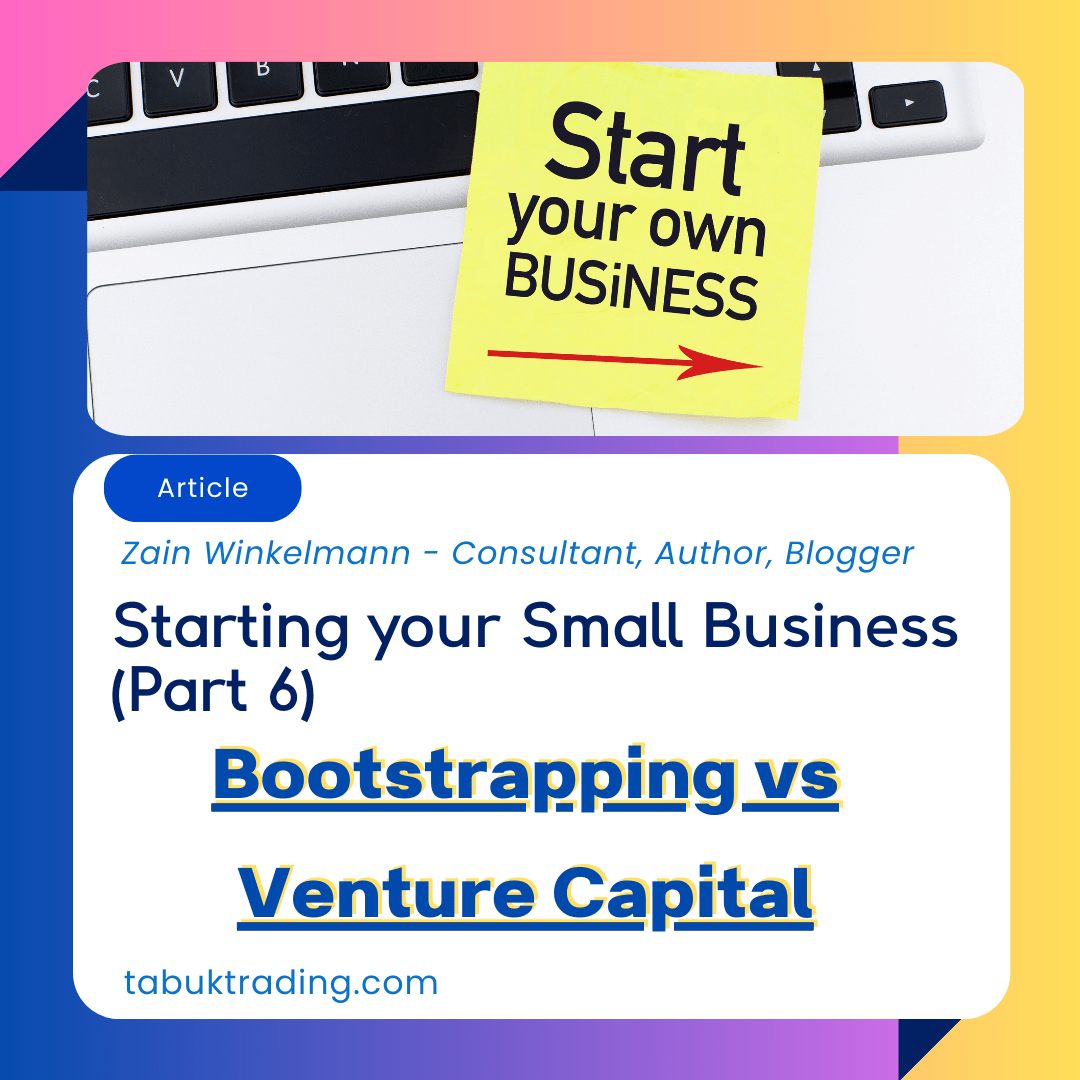
In this article we discuss Bootstrapping vs Venture Capital.
Bootstrapping and venture capital funding are two distinct approaches that small businesses can take to secure the necessary capital for starting and growing their ventures.
In my book, “The Ultimate Guide to Starting a Business with Minimal Capital,” I delve into the differences between these two funding methods and provide insights into when each approach may be most suitable for entrepreneurs.
Bootstrapping involves starting and growing a business using internal resources, such as personal savings, revenue from early sales, and sweat equity.
This approach requires entrepreneurs to be resourceful and frugal, as they aim to minimize external debt and equity financing. Bootstrapping allows small business owners to maintain full control over their ventures and decision-making processes. However, it also limits the speed and scale at which a business can grow due to the constraints of available resources.
On the other hand, venture capital funding involves raising capital from external investors in exchange for equity in the business. Venture capitalists are typically looking to invest in high-growth potential businesses with innovative ideas and scalable business models.
In return for their investment, they expect a significant return on their investment within a specified timeframe. Venture capital funding can provide small businesses with access to substantial financial resources, industry expertise, and valuable networks. However, it also involves giving up a portion of ownership and decision-making control to external investors.
In “The Ultimate Guide to Starting a Business with Minimal Capital,” I emphasize the importance of carefully evaluating the pros and cons of each funding approach based on the specific needs and goals of the business.
Bootstrapping may be suitable for entrepreneurs who prioritize independence and control, are able to operate with limited resources, and have a business model that allows for gradual growth. On the other hand, venture capital funding may be more appropriate for businesses with high-growth potential, disruptive innovations, and the need for rapid expansion.
Ultimately, both bootstrapping and venture capital funding have their own advantages and limitations.
Small business owners should weigh their options carefully and consider seeking professional advice to determine the most suitable funding approach for their unique circumstances. “The Ultimate Guide to Starting a Business with Minimal Capital” provides valuable insights and practical guidance for entrepreneurs navigating the complex landscape of business financing.
Our Latest Articles
- Customer Service Excellence: Delivering Exceptional Service that Exceeds Expectations

- 5 Ways to Curb Retail Theft in your Store

- 5 Effective Tips for Preventing Till-Point Shortages

- The Art of Increasing Basket Size: Proven Strategies to Boost Your Retail Revenue

Our E-Books




